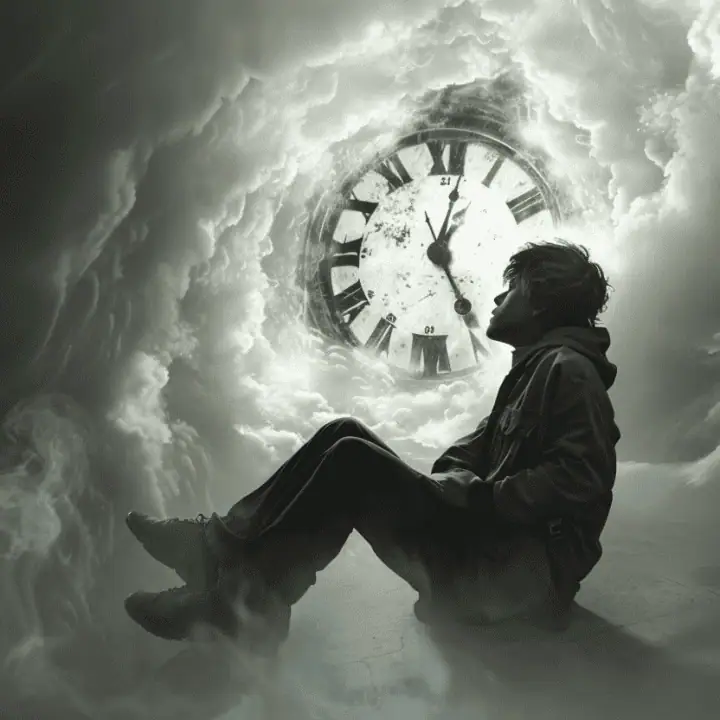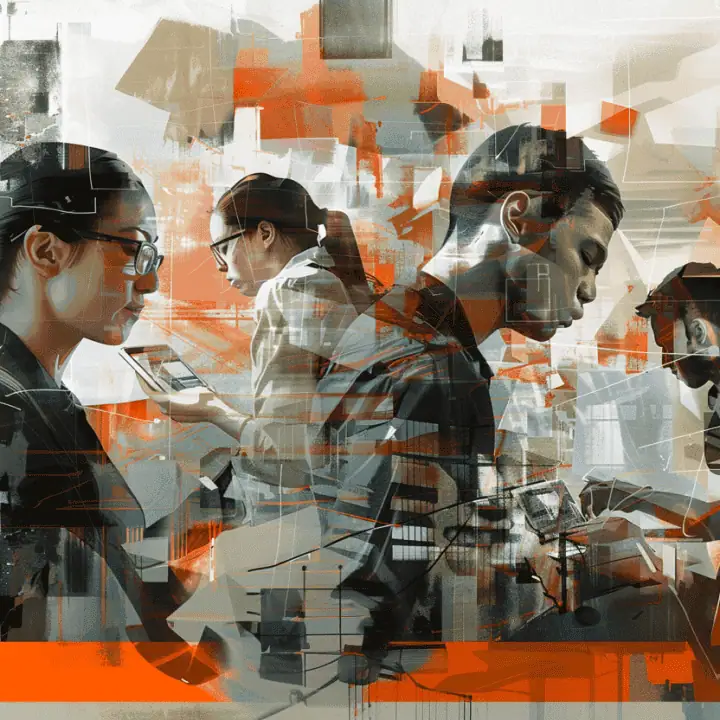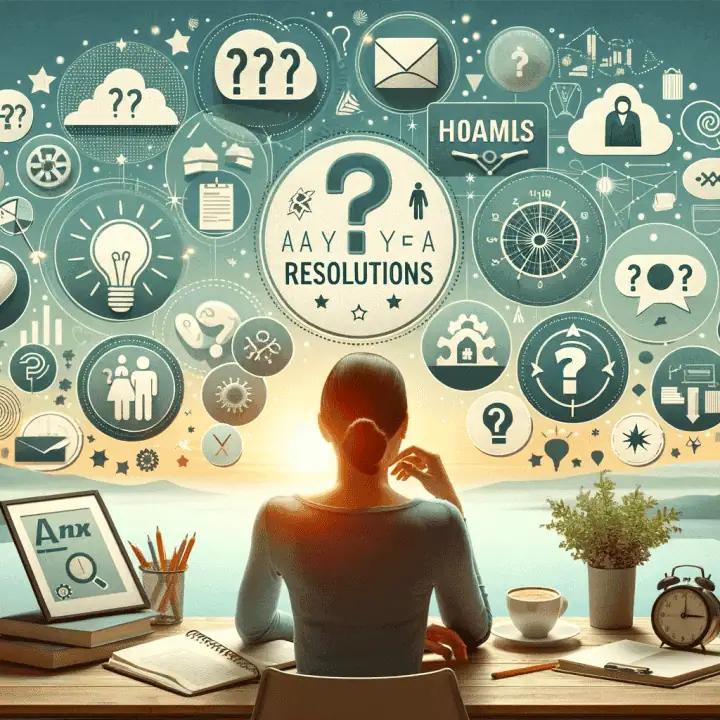Creating meaningful change and altering the way you represent the world
How The World Is Represented
When we look at the world or at our internal images, we are using the visual system. When we hear sounds in the environment or compose or playback sounds internally, we are using the auditory system, and when we feel sensation, touch, our own muscle twitches, or emotion-related feelings, we are using the kinaesthetic system. We see, hear, and feel our surroundings, but if we are attending to an argument we had with someone yesterday, we do not register everything we are exposed to. Our attention is on the recalled images, sounds, and sensations associated with the argument.
We can change the meaning we attribute to the argument by exploring the subcomponents of our representations. These are known as ‘Submodalities’. If the visual system is a modality, then size, location, brightness, hue, motion, focus, and colour saturation are examples of visual submodalities. Auditory submodalities include volume, location, bandwidth, speed, pitch, rhythm, and timbre (resonance). Kinaesthetic submodalities include pressure, temperature, volume, area, rhythm, texture, and shape.
“We can change the meaning we attribute to the argument by exploring the sub components of our representations. “
The Making of Meaning
People make and code the meaning they attribute to experiences by representing the experience with specific submodalities. The exciting aspect of submodalities is that different people use different submodalities to make meaning. Thus, one person might discover that increasing the size of an image increases the intensity of the sensations they feel, while another might find that moving the image to a different location in their visual field has a similar effect.
When we explore our individual application of submodalities in a group, it is fascinating to discover the different submodalities and combinations people use to denote different meanings for their experiences. Belief, alone, can be represented in many forms and some people code limiting beliefs (I wish that were not true) differently from generative beliefs (Of course I can rely on that being true).
Exploring our own submodalities brings this important part of attention to conscious awareness. For practical purposes, we can retain the memory of exploring our submodalities without overloading ourselves by attending to them constantly. When we want to change or enhance the meaning of an experience, we can attend to our submodalities long enough to map the changes. It is a matter of finding which submodalities in what combinations provide us, personally, with the particular meaning we are after.
Altering Meaning
Sometimes changing a submodality in one sensory system will alter a submodality in a different system. This is called a ‘Driver Submodality’ because changing it drives change in another submodality. Even though individuals use different submodalities to make meaning, there are some sufficiently prevalent combinations for advertising agencies to harness them in TV commercials. For example, natural gas used to be advertised on TV in the UK and more recently in Australia, using steel blue lighting to denote freezing cold conditions with people skating on the Thames or Sydney Harbour. When the skaters arrive home, the door opens, and the gas fire lights as the lighting switches to golden amber, denoting warmth. If you are someone who creates a subjective temperature change with a change in colour temperature, this will be obvious. If not, what gives you a sense of warmth on a cold day, (other than crouching over a direct heat source)?
“Sometimes changing a submodality in one sensory system will alter a submodality in a different system”
Some people have a similar experience between sensory systems. In this case, they may see something which promotes a sensation or a sound, or feel something which promotes an image or a sound, or hear something which promotes an image or a feeling. This is called Synaesthesia. Examples include seeing particular colours with numbers, seeing swirling colours when music is played, feeling a cringe when someone scratches a blackboard, or feeling rhythms when looking at abstract or fractal art. A lesser-known example is seeing the environment brighten, dim, or change hue in response to smelling different substances.
It is worth discovering your own synaesthesias if you have them, as they can change the quality of your attention without your realising if they are running in the background. An administrator used the telephone extensively in her work. In the early 1990s, Australian telephone numbers acquired a nine (9) at the front to make them eight digits instead of seven after the area code. Shortly after this change, the administrator complained of feeling depressed. She and her partner knew about synaesthesias, and they gave this one some attention. They discovered that she had fixed colours for numerals, and each colour queued a sensation. Nine was an unpleasant grey colour with a dragging kinaesthetic, and suddenly it prefixed every telephone number she used. They changed the synaesthesia, and the depressing experience lifted.
Submodalities, synaesthesias, and sequences of sensory representations all contribute to the quality of attention we bring to experience. They are also elements of how we use our attention.
By Jules Collingwood, NLP Trainer at INSPIRITIVE Pty Ltd.
Attention Training Articles
- Apply leverage to your attention for productivity by choice
by Jules Collingwood - 5 elements to enhance the quality of your attention and further your outcomes
by Jules Collingwood - Creating meaningful change and altering the way you represent the world
by Jules Collingwood - How you attend to the world can transform your performance in it
by Jules Collingwood - How using your attention can change the quality of your states (and vice versa)
by Jules Collingwood
(Note: If you would like to learn more about the New Code of NLP, you can get a copy of our latest Kindle book, ‘AEGIS: Patterns for extending your reach in life, work & leisure’ by Jules Collingwood, NLP Trainer. For only $4.99 here).
Related articles
Learn more about NLP by reading our Ultimate Compendium of NLP
If you found this article useful, share it with your network.
Similar Posts
Subscribe Now!
Stay Up-to-Date with Our Latest Courses and Special Offers
Stay in the loop with new course releases and opportunities by completing our form. Never miss out!


